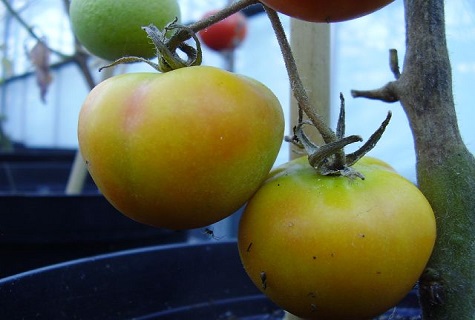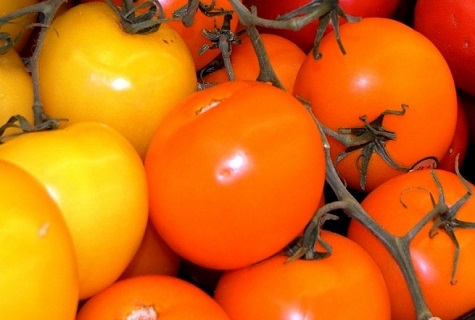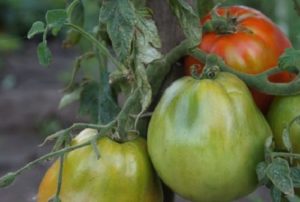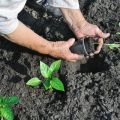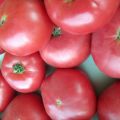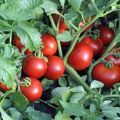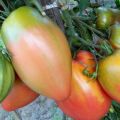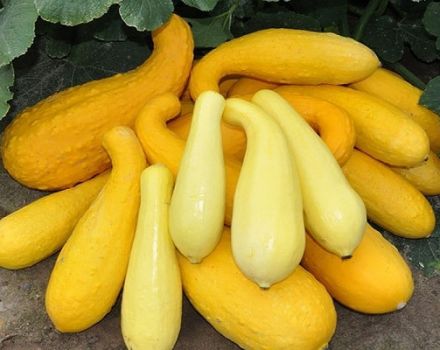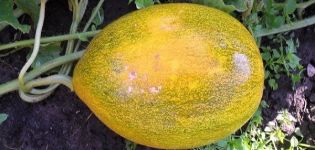Characteristics and description of the tomato variety Giraffe
Tomatoes are one of the most common vegetables among domestic gardeners. It is rare to find a summer resident who would not grow this culture on his site.
Description of the Giraffe tomato
The Giraffe tomato is a tall, interdeterminate variety. The maximum plant stem height can reach up to 2 meters. As you might guess, that is why this variety is called Giraffe. The plant also needs a garter and the removal of side shoots. It is recommended to form a tomato in 1 stem. So the harvest will be plentiful.
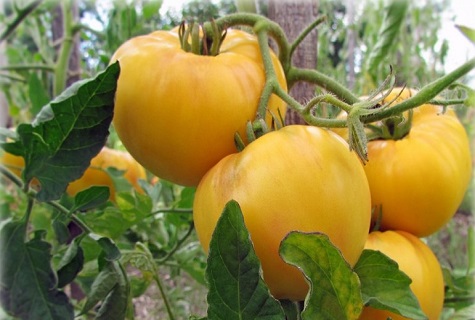
The description of the variety cannot be complete without specifying the dates of fruit ripening. Tomatoes of this variety are late varieties. Mass ripening of the crop begins in the second half of August. The tomato is intended for open field cultivation in southern Russia, and in greenhouses and greenhouses in the northern and central regions. The main characteristic of this variety is to grow seedlings, preferably on light, fertile soils.
Characteristics of tomato fruits
Description of the features of the fruit of the tomato Giraffe:
- The shape of the fruit is oval;
- The weight of one mature tomato can reach from 55 to 150 grams;
- The flesh and skin are yellow, with a small amount of seeds inside;
- Tomatoes are quite dense inside;
- After harvest, the fruits can be stored for a long time, up to December;
- Fruit taste is ordinary, mediocre;
- Tomatoes are not suitable for fresh consumption, they are best used for processed products.
Description of the advantages and disadvantages
Like any other variety, the Giraffe tomato has not only advantages, but also disadvantages.
Tomato advantages:
- After harvesting, vegetables can be stored for a very long time (more than 2 months);
- Unpretentious in care;
- Can be grown outdoors, in greenhouses and greenhouse shelters;
- Suitable for preservation as a whole.
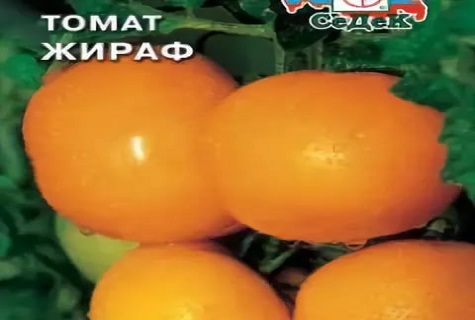
Disadvantages:
- The fruits begin to ripen rather late;
- The bushes are tall, a garter to a vertical support is needed;
- The fruit does not taste good and is not suitable for fresh consumption or for preparing summer salads.
Features of cultivation of tomato Giraffe in a greenhouse
Most gardeners prefer to cultivate crops outdoors. But sometimes you have to grow tomatoes in a greenhouse, and, therefore, the care of the bushes in such conditions will be more thorough. The first thing to think about is how indoor pollination will take place. To do this, you can put several hives. When the flowering and growing season is over, the hive will have to be removed.

It is also important to observe the temperature regime. If the temperature is too low (below +15), the ovaries will not form, and if it exceeds +30 degrees, they will become sterile. The optimum temperature is + 16- + 19 degrees. To increase the yield, you can tap the bushes with a light wooden stick. Movements should be fluid, not jerky or quick. If you hit the trunk too hard, then all the pollen can crumble too quickly and there will be no ovaries at all. When the first brush with ovaries appears on the plant, the tapping stops.
Also, an effective way is hilling bushes. The first hilling is carried out two weeks after planting the seedlings in a permanent place. The second hilling is after 16 days. So the root system will be more powerful, and the plant itself will grow better.
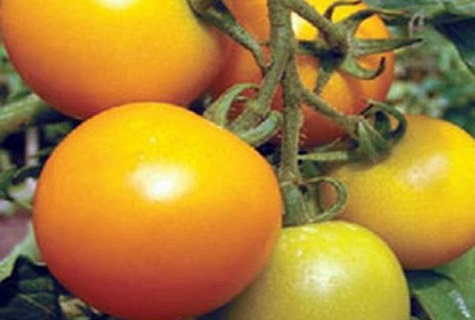
Periodically, it is necessary to apply mineral and organic fertilizers to the soil. After planting the seedlings in a permanent place, it is fed with fertilizers containing nitrogen. This will promote the active growth of the bushes. During the growing season - phosphorus and potassium fertilizers. Phosphorus and potassium have a positive effect on the formation of ovaries in tomatoes. Plants can also be fed with mullein, wood ash or manure.
